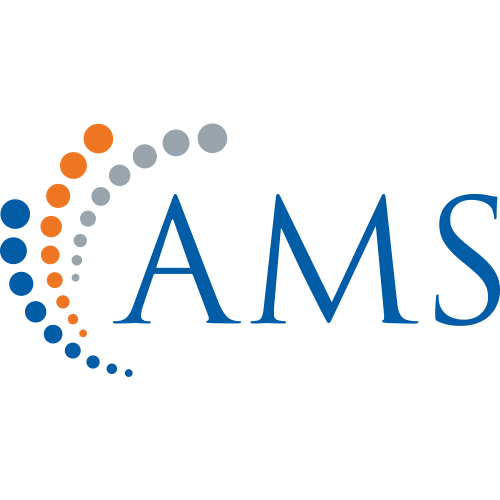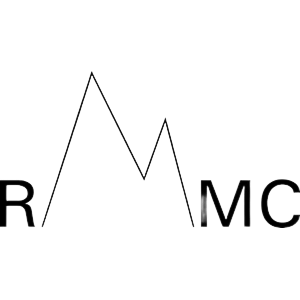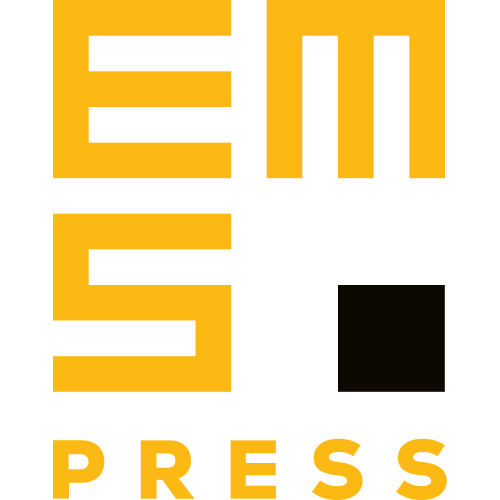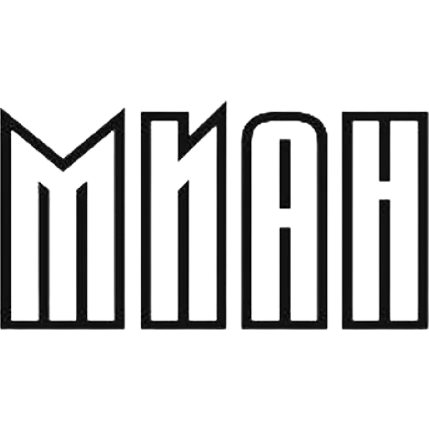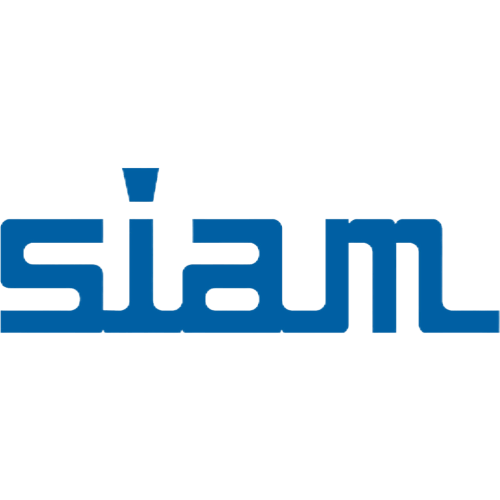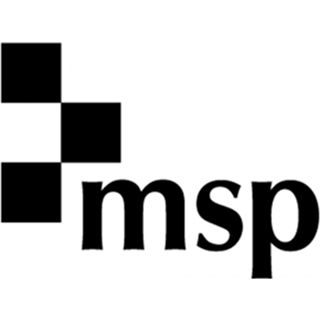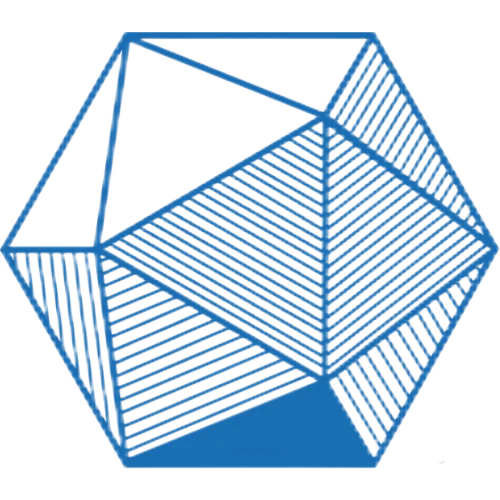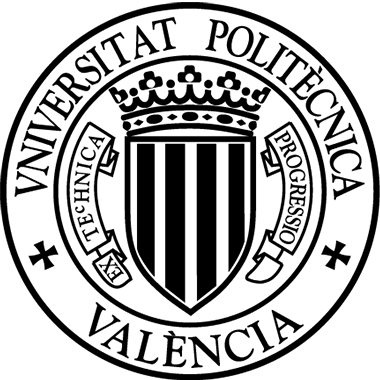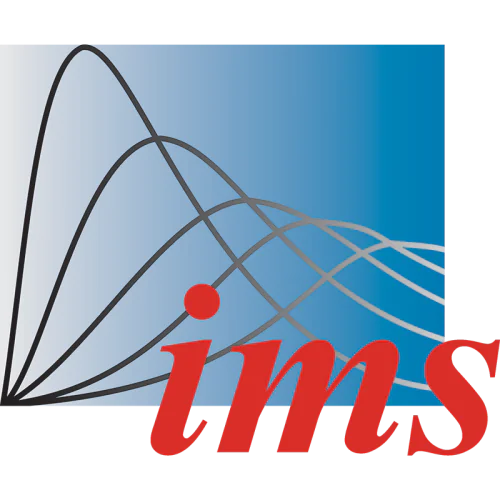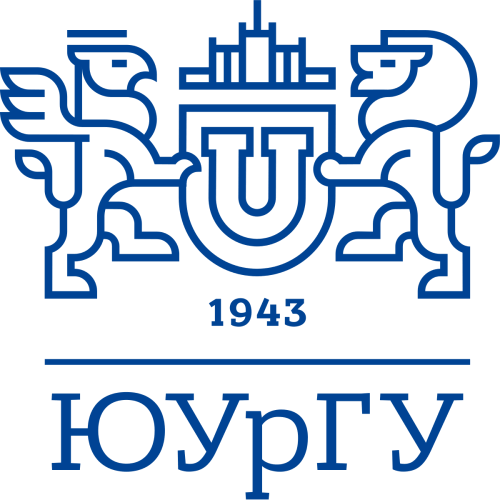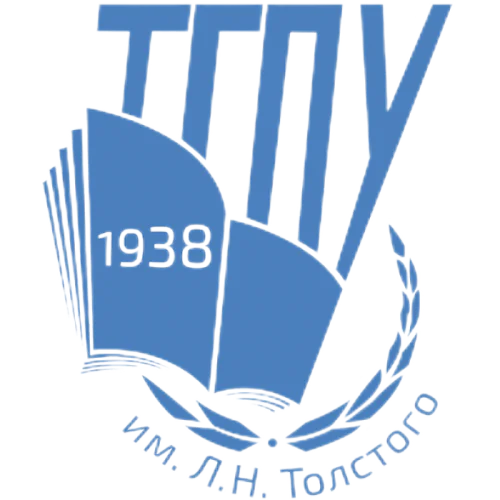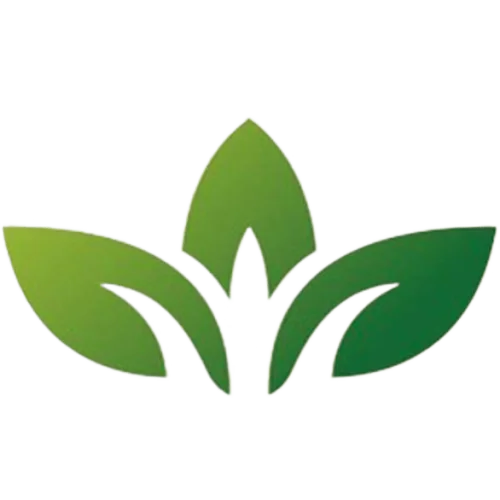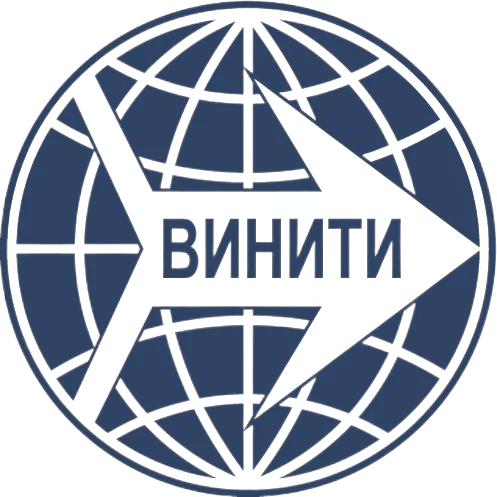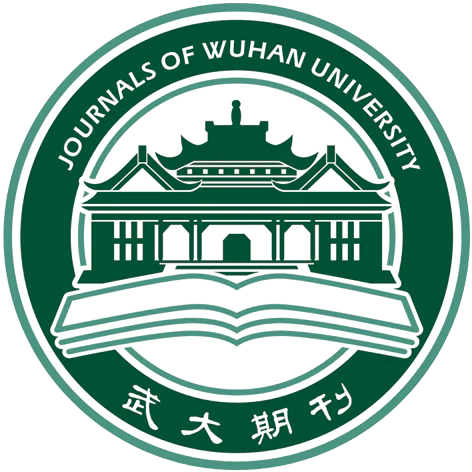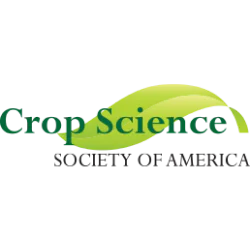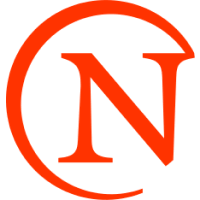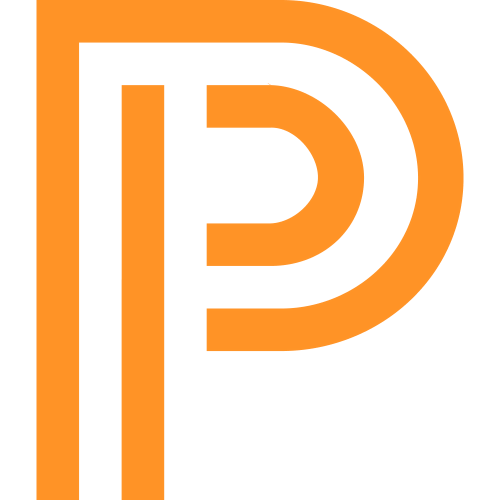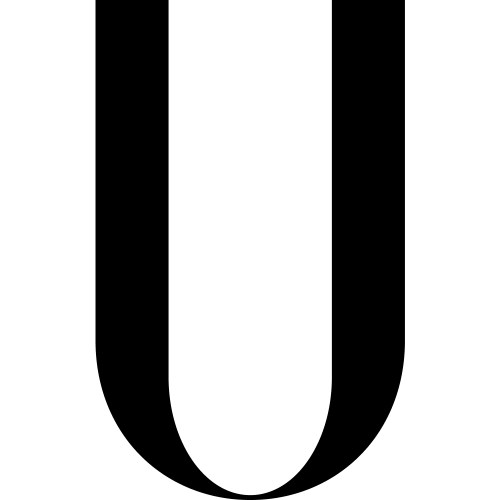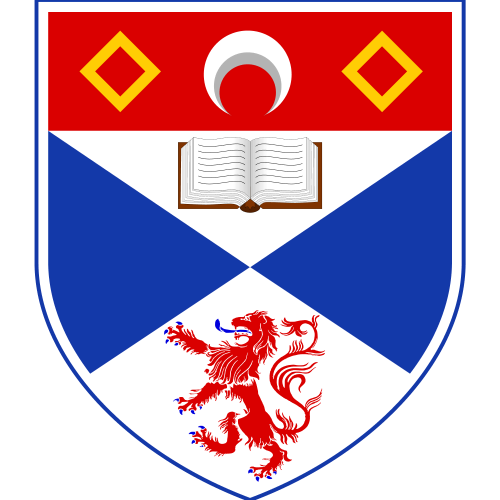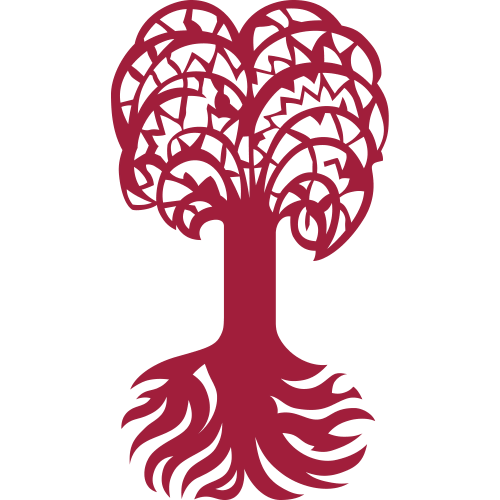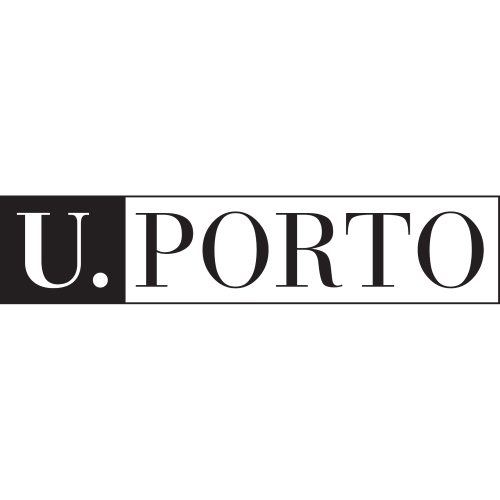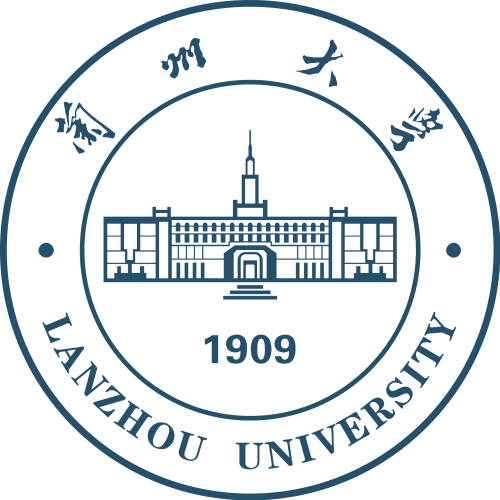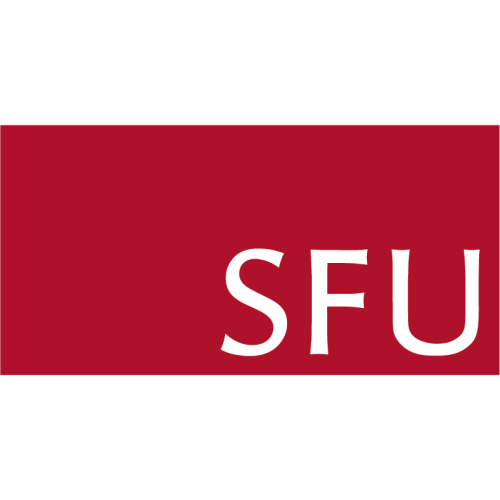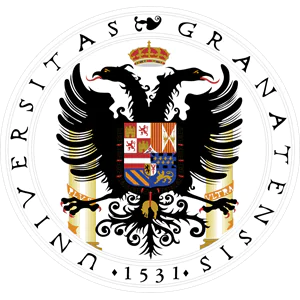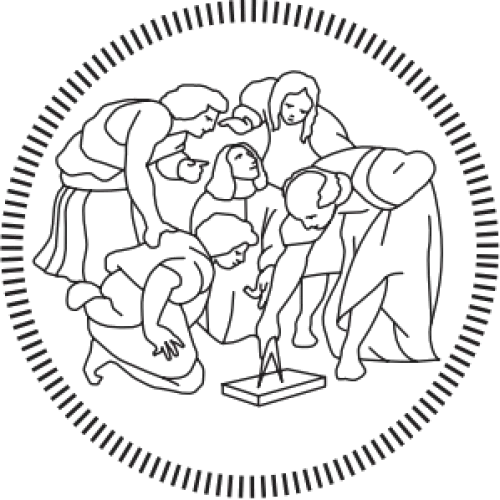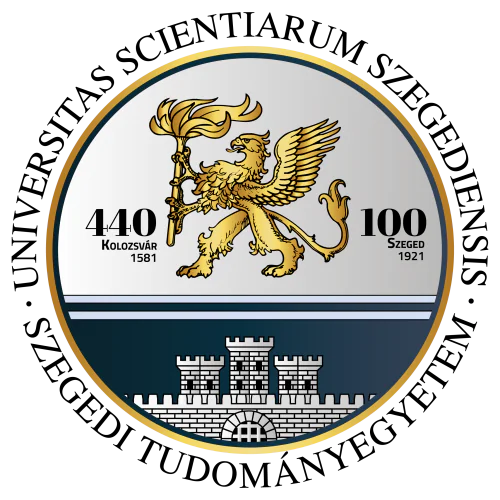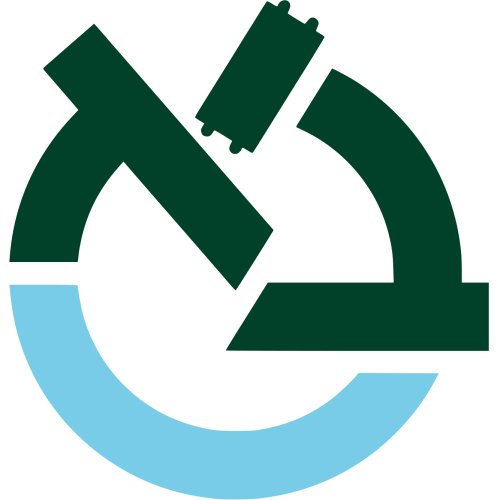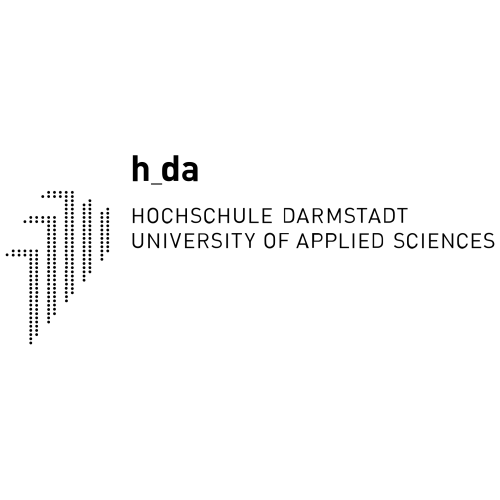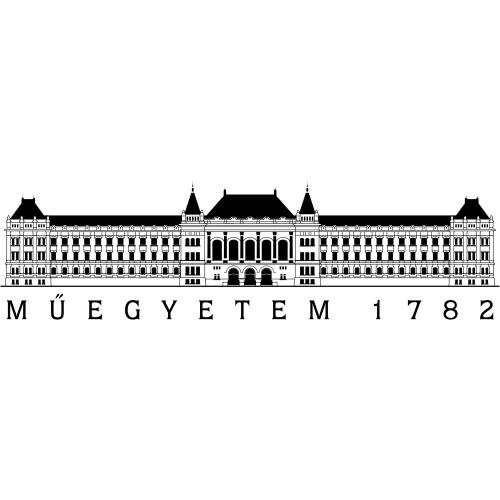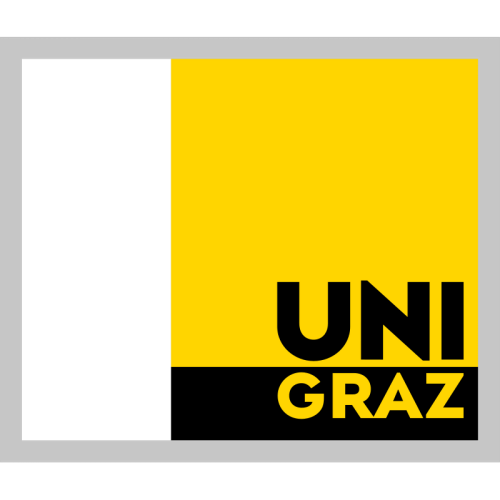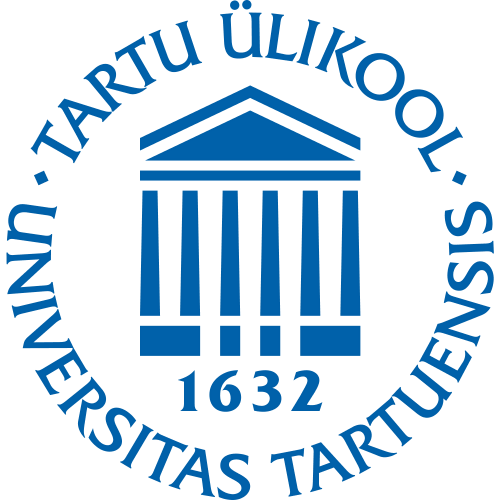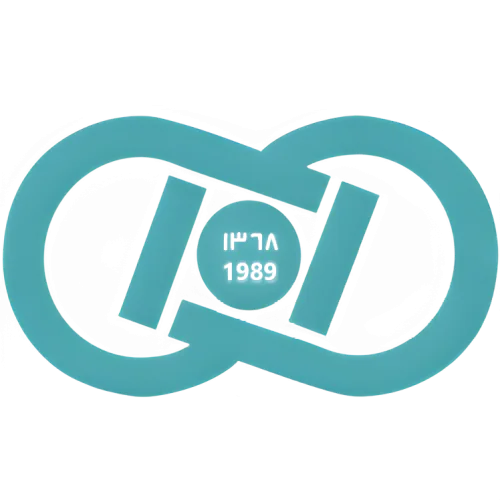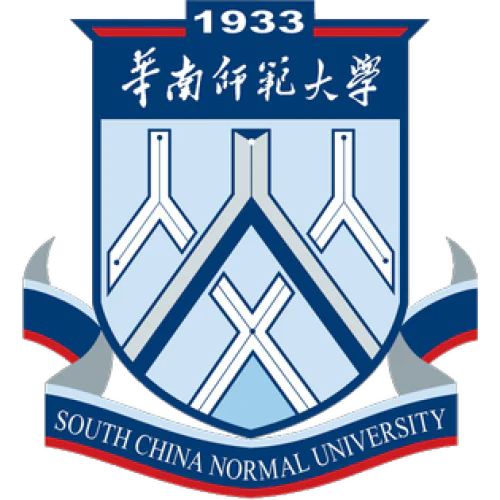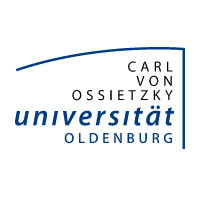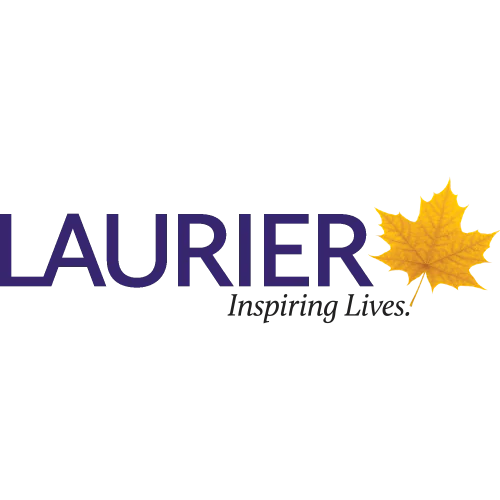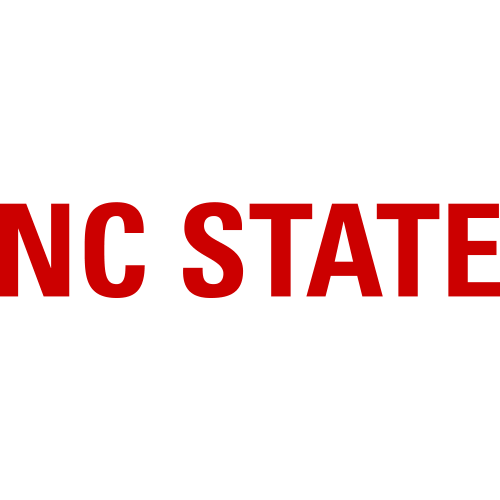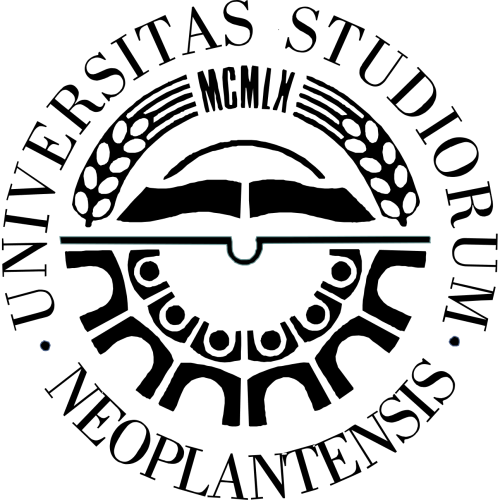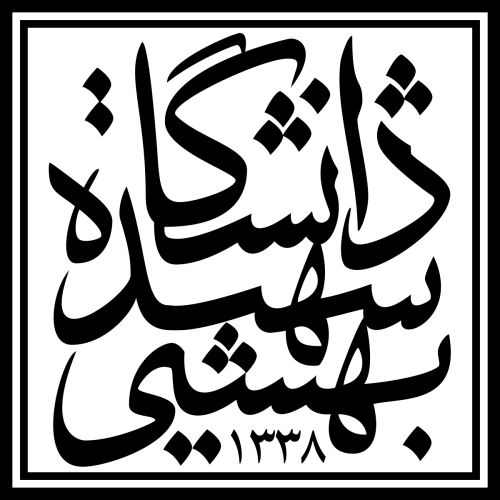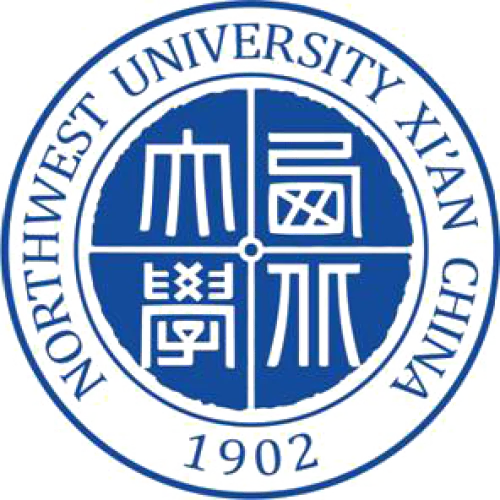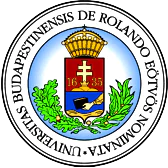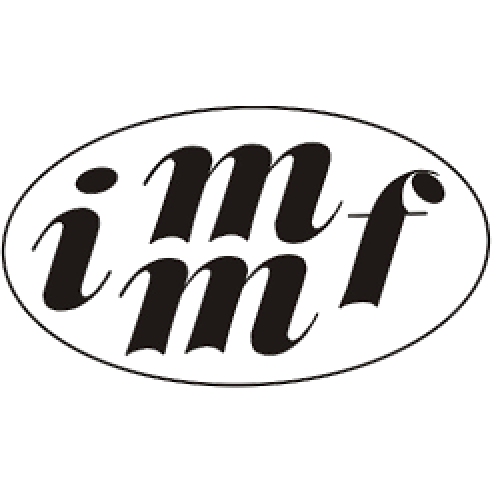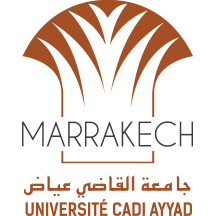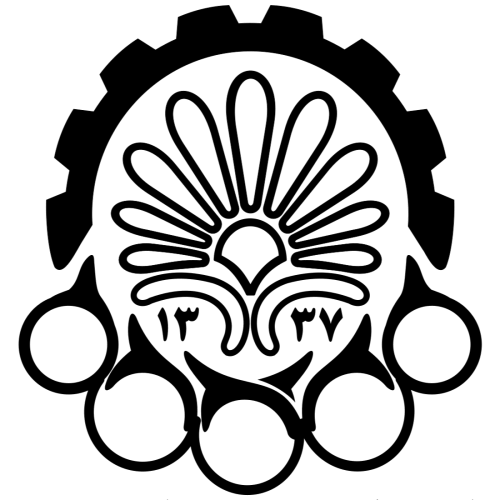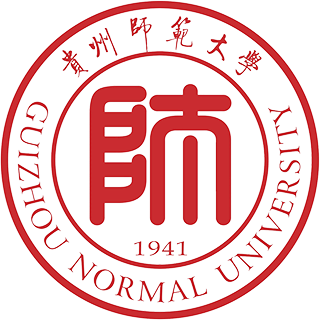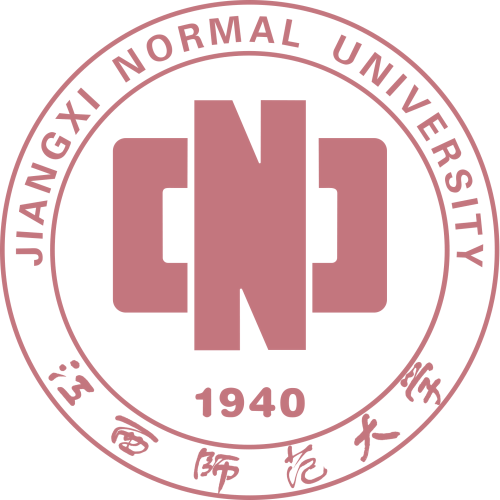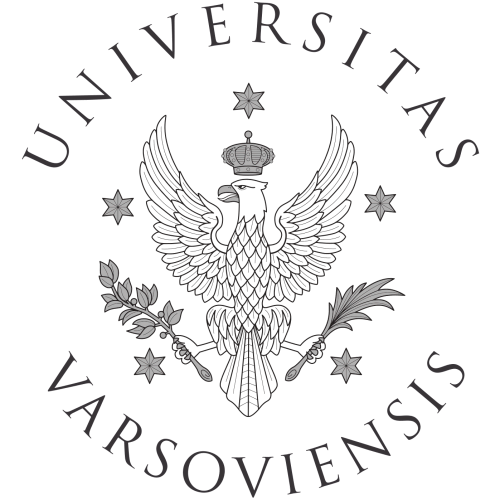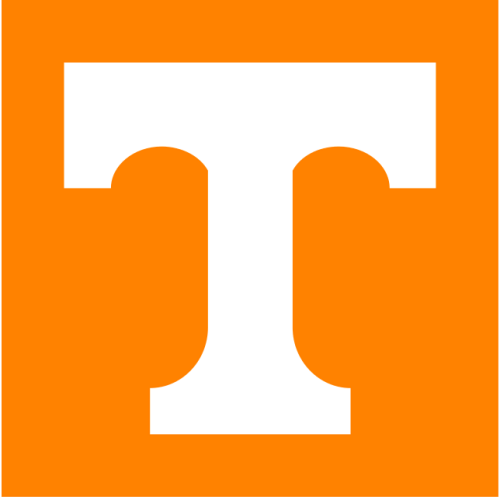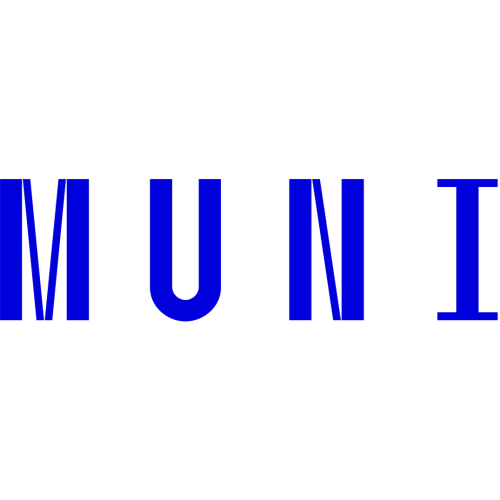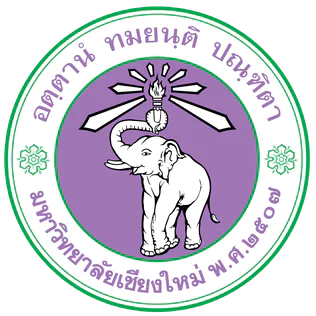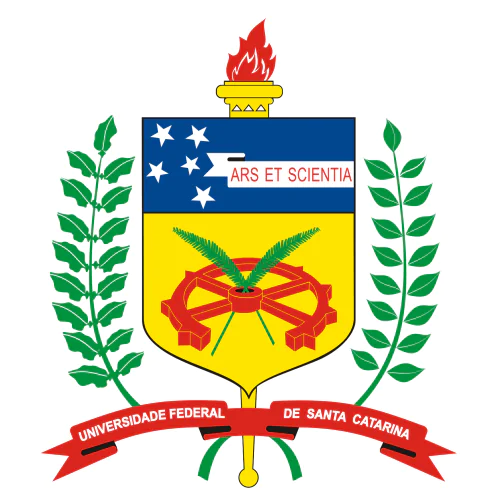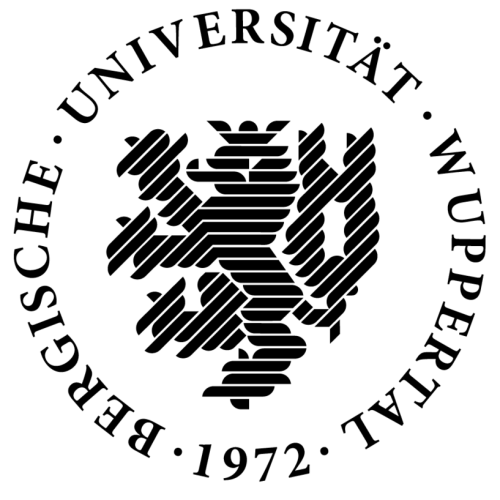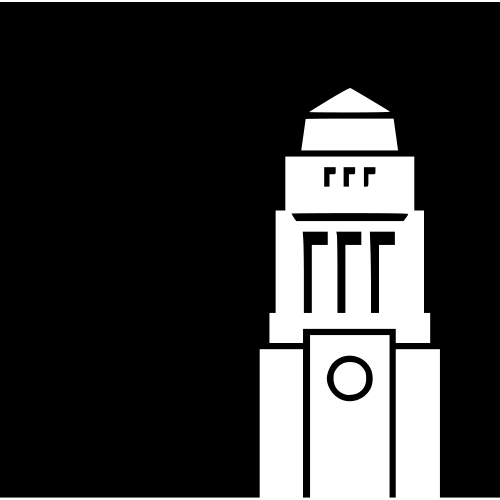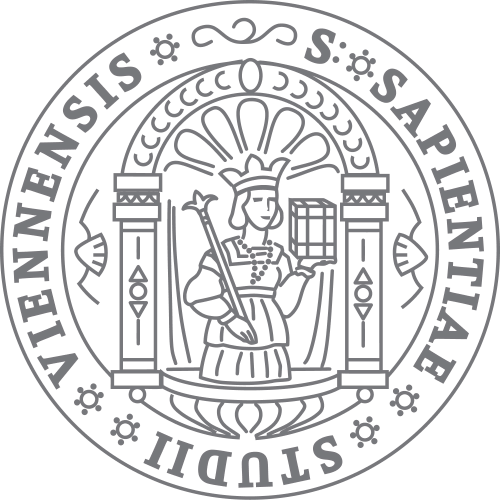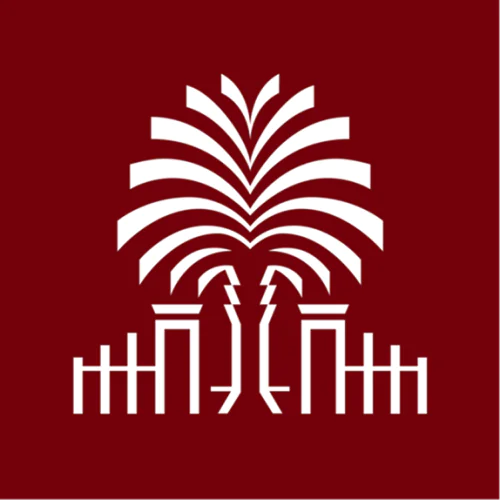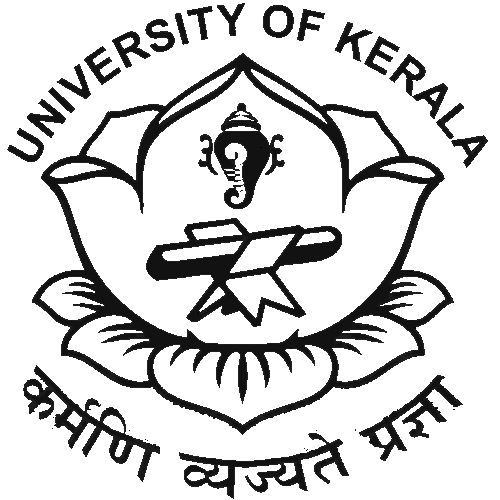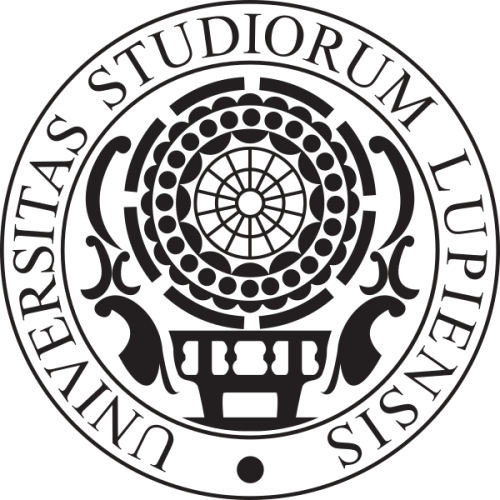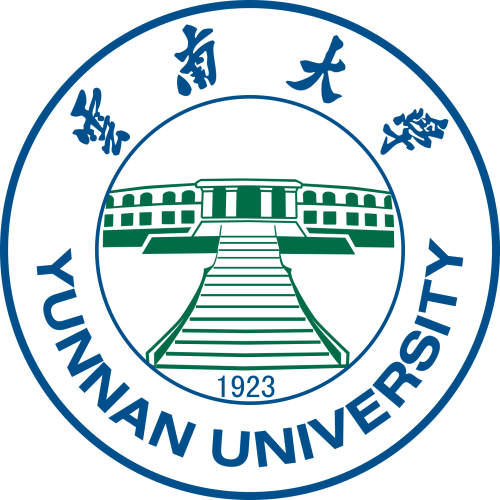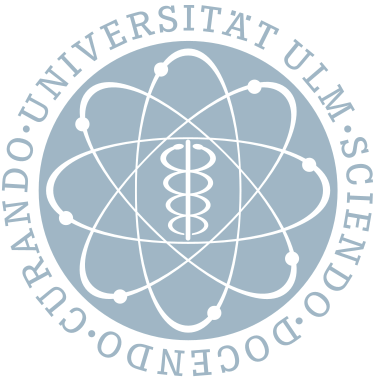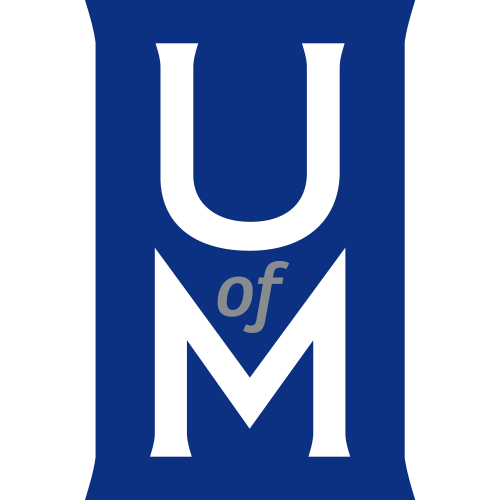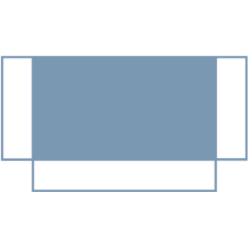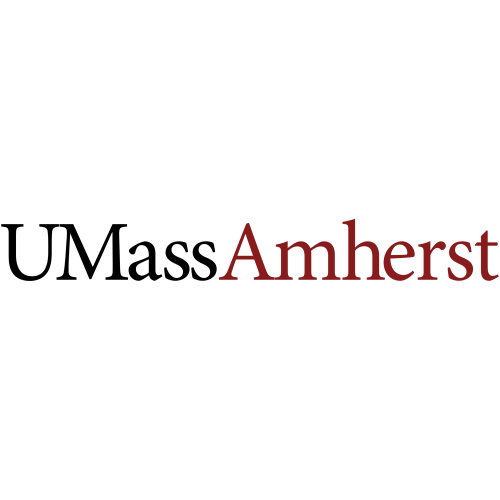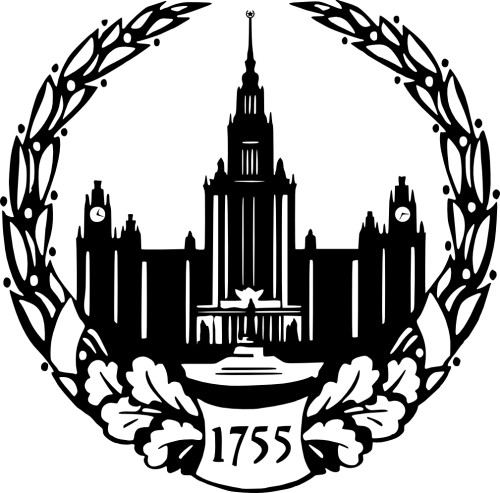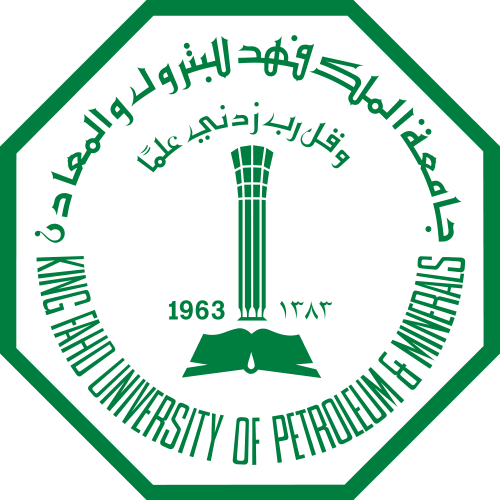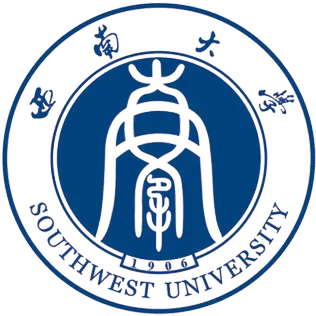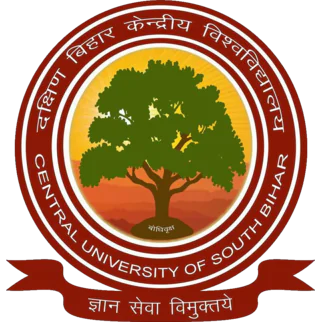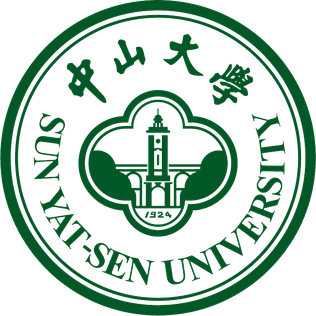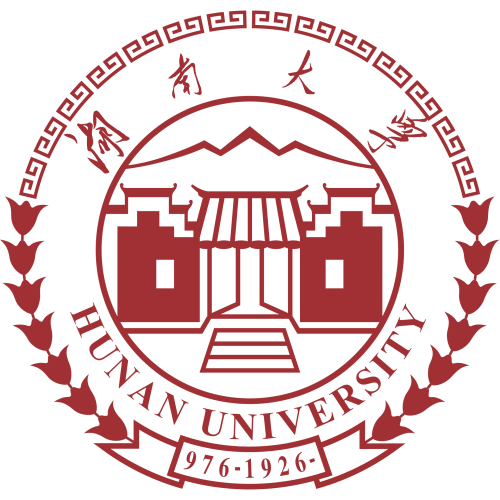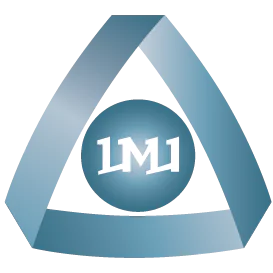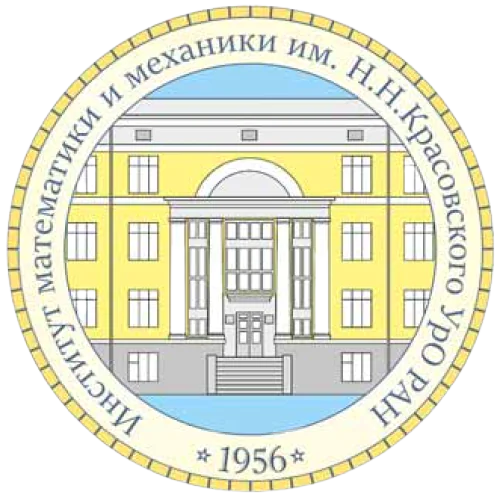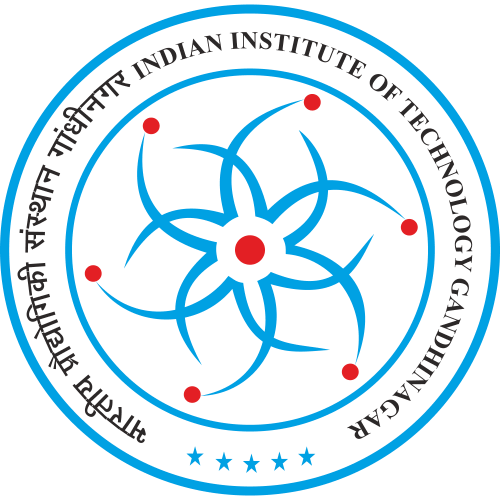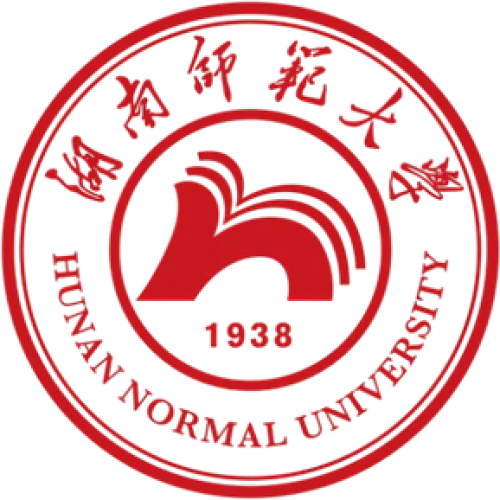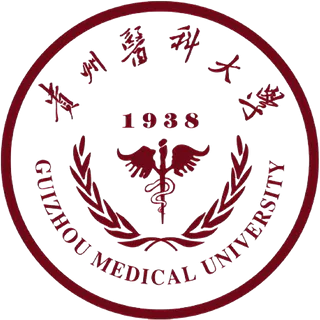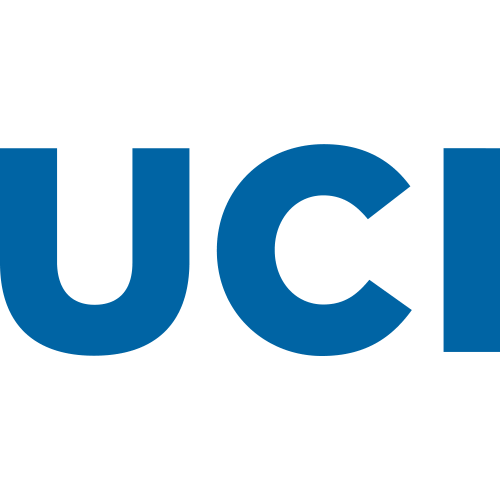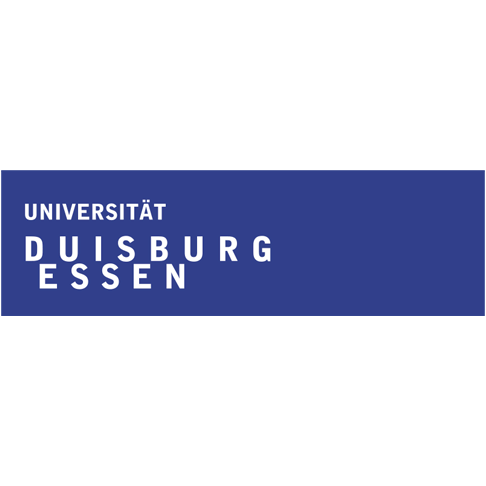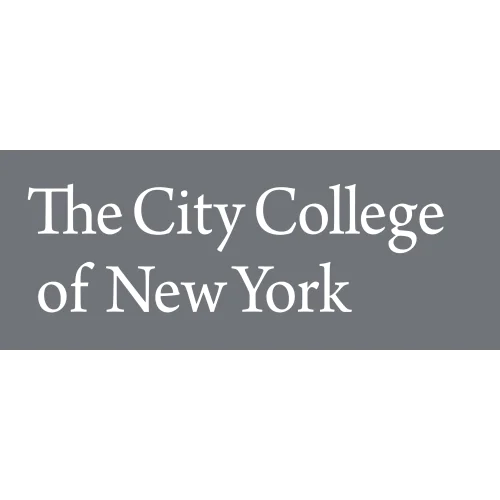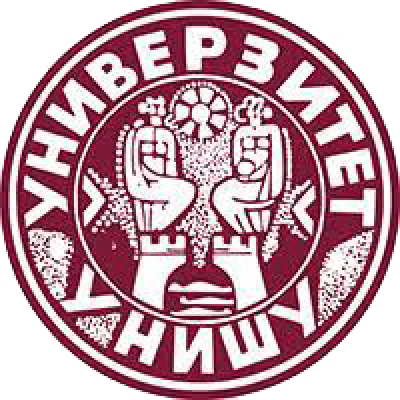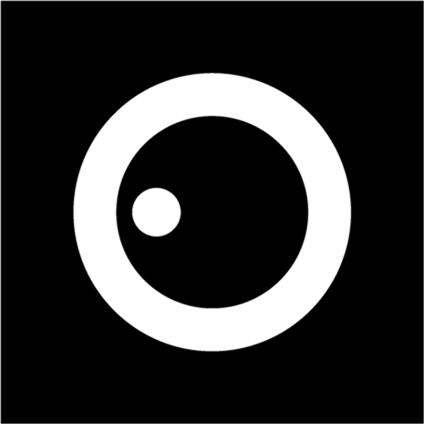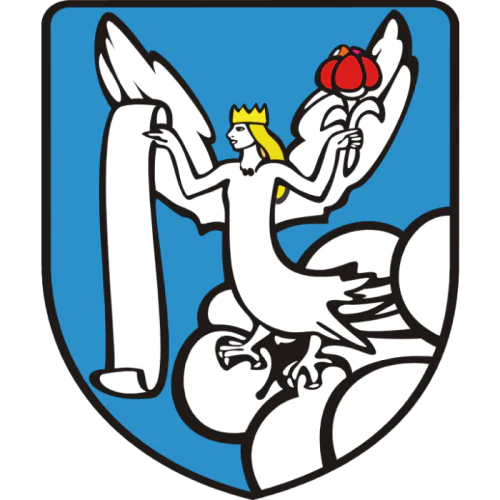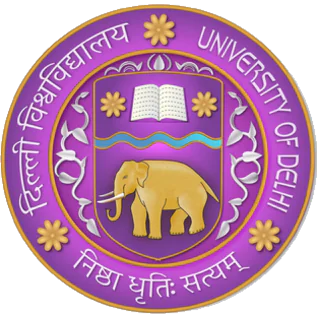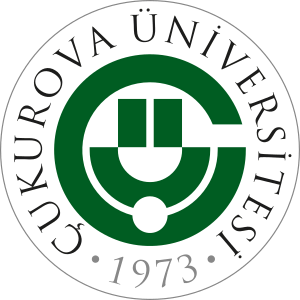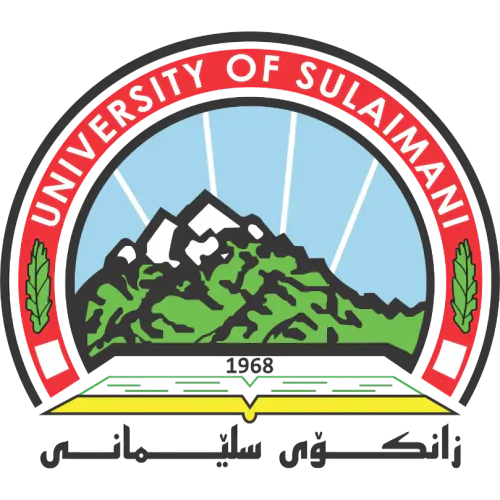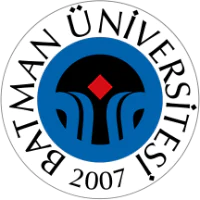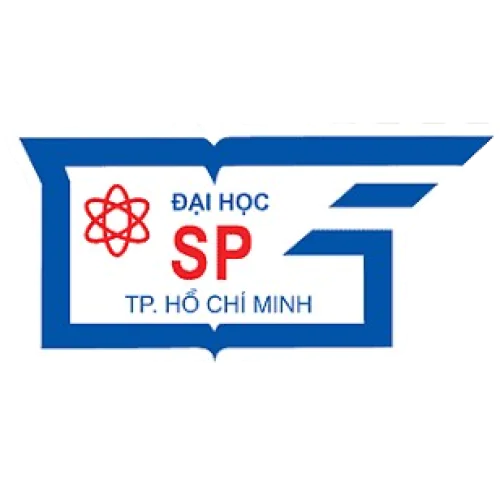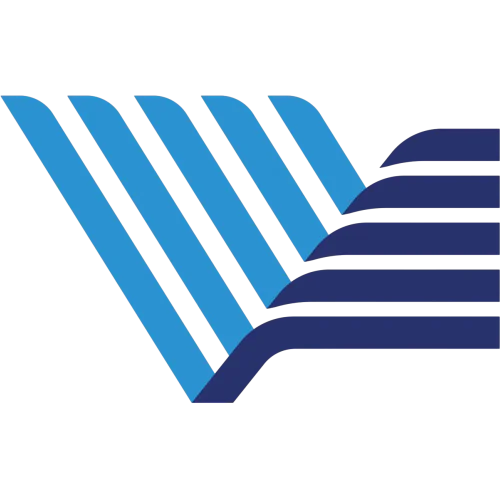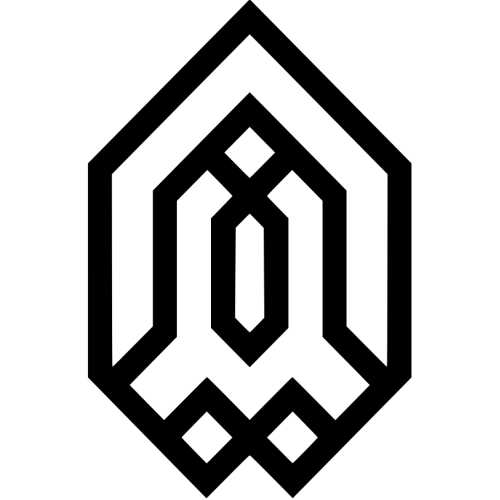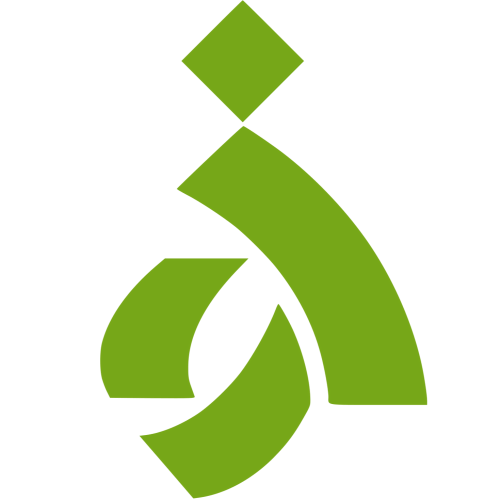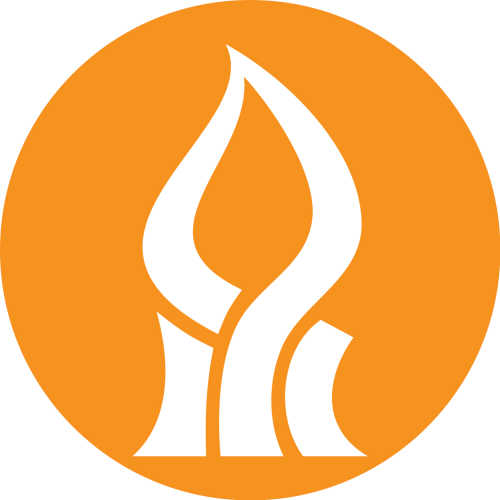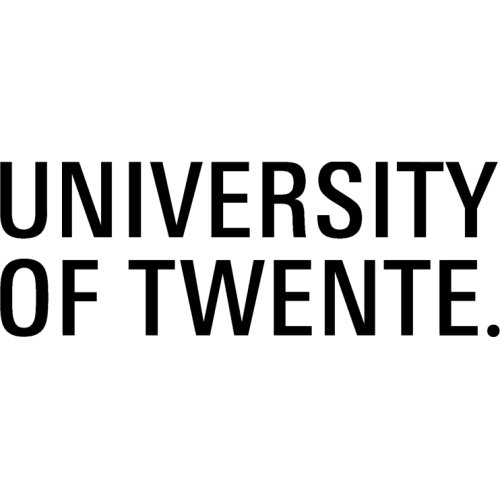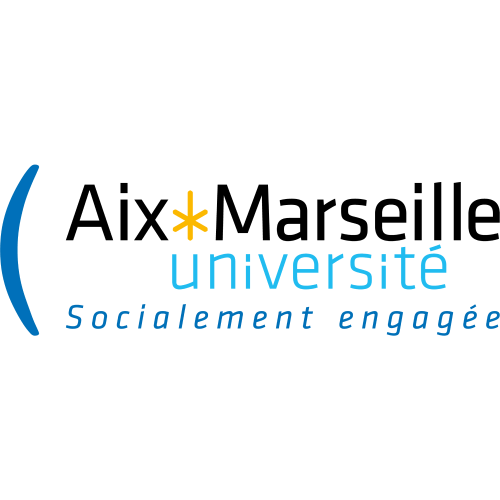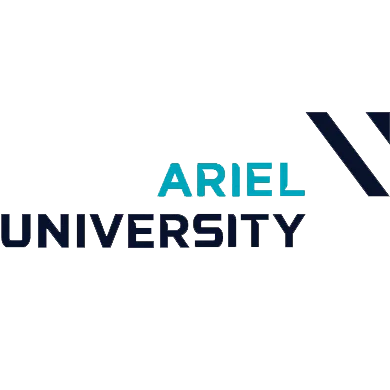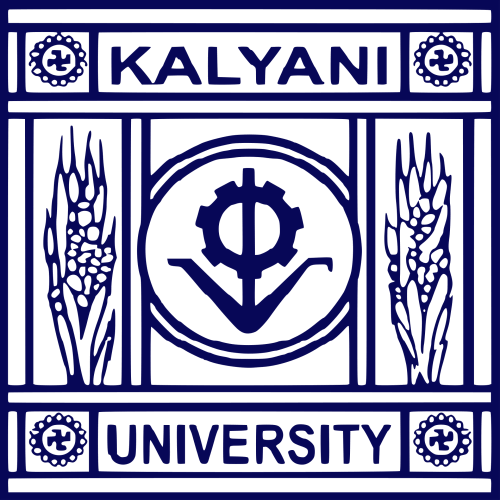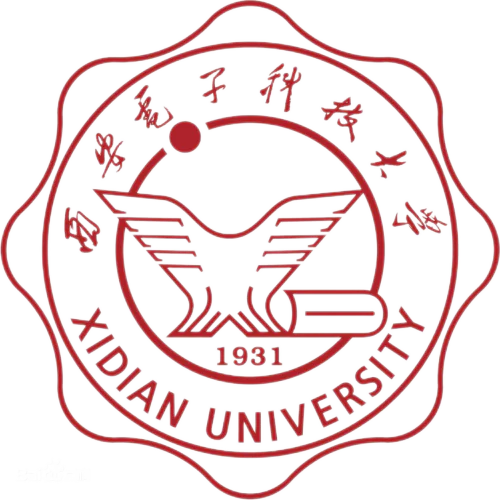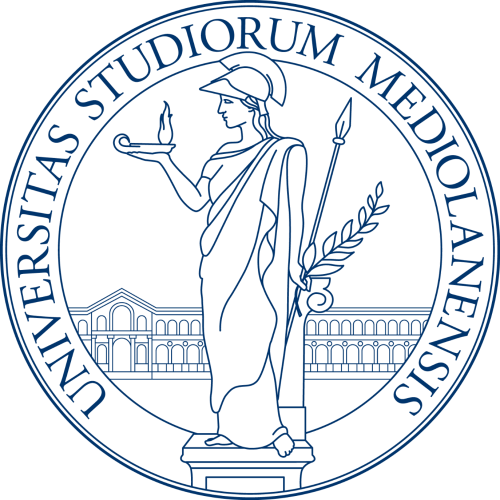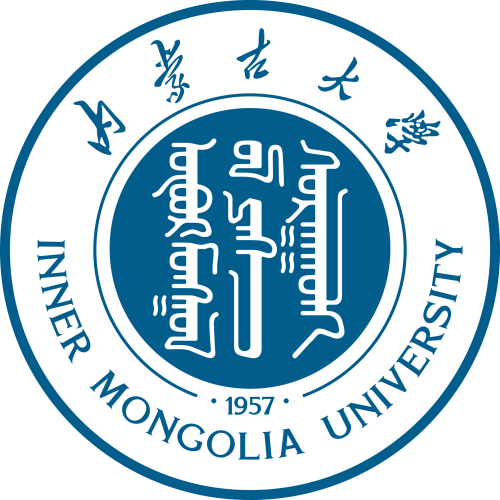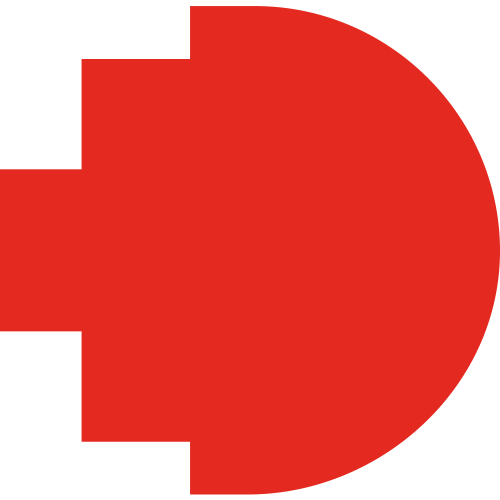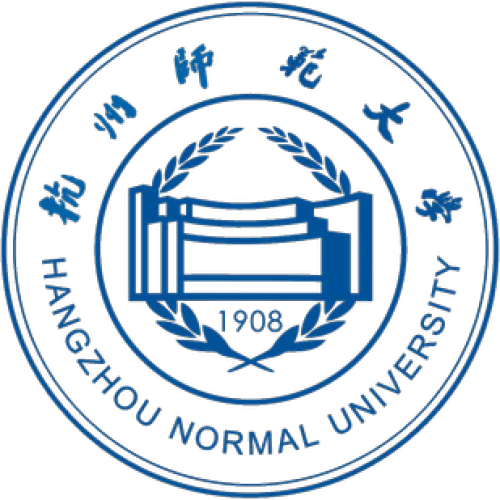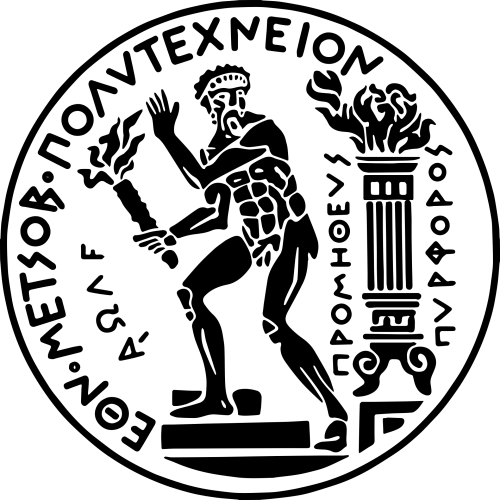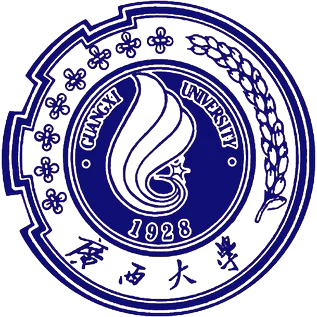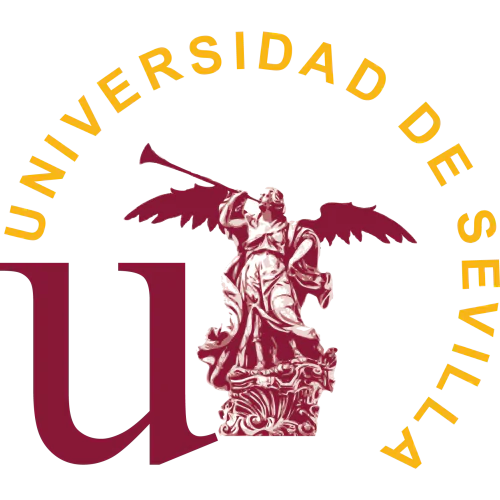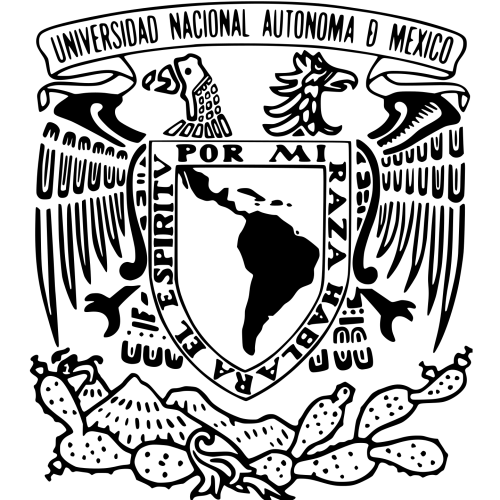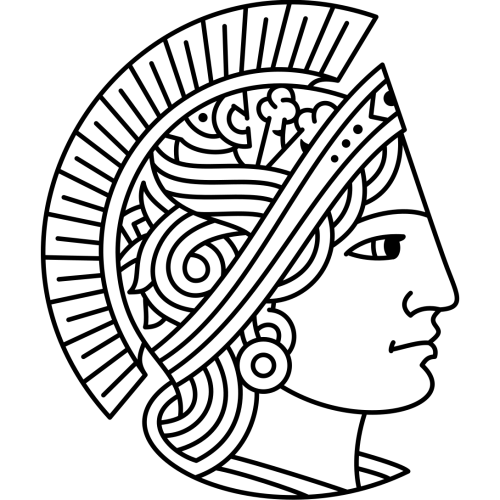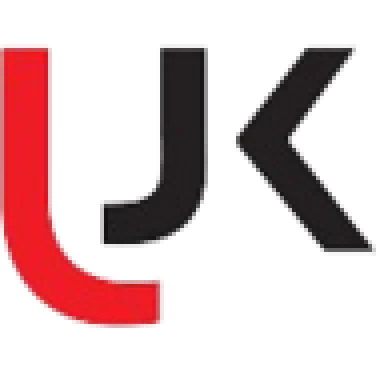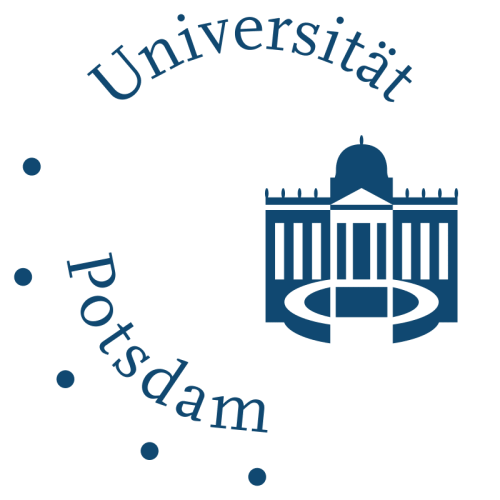Are you a researcher?
Create a profile to get free access to personal recommendations for colleagues and new articles.
SCImago
Q2
WOS
Q2
Impact factor
0.7
SJR
0.586
CiteScore
1.3
Categories
Algebra and Number Theory
Areas
Mathematics
Years of issue
1970-2025
journal names
Semigroup Forum
Top-3 citing journals

Semigroup Forum
(4468 citations)

Communications in Algebra
(1187 citations)

Journal of Algebra
(677 citations)
Top-3 organizations
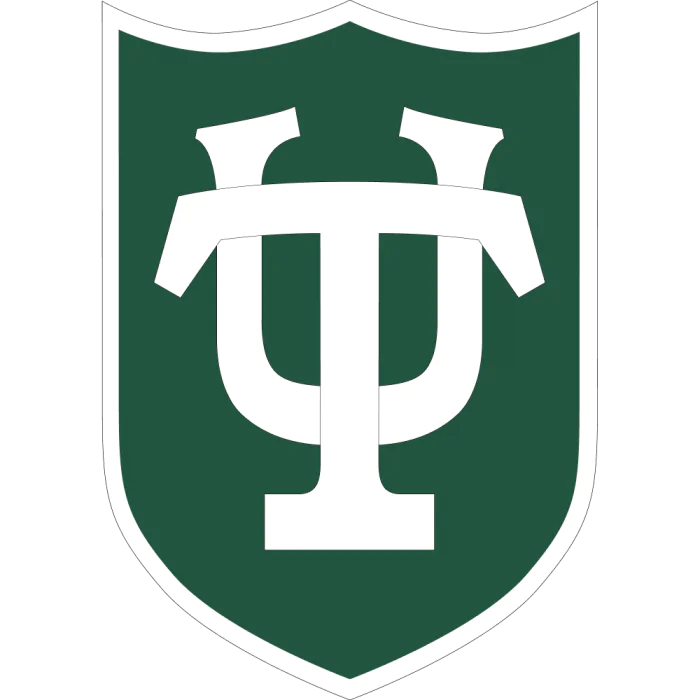
Tulane University
(68 publications)
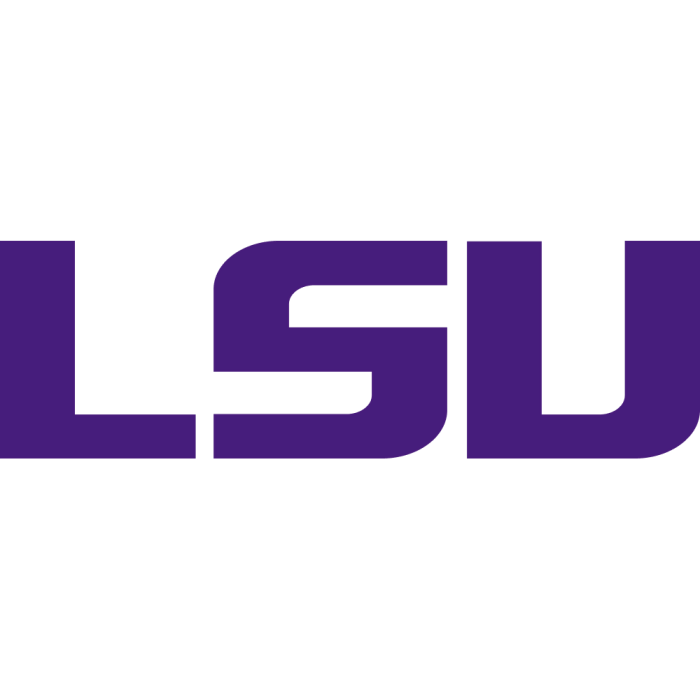
Louisiana State University
(66 publications)

Ural Federal University
(55 publications)

NOVA University Lisbon
(10 publications)

University of Manchester
(10 publications)

Ural Federal University
(10 publications)
Top-3 countries
Most cited in 5 years
Found
Nothing found, try to update filter.
Found
Nothing found, try to update filter.
Top-100
Citing journals
|
500
1000
1500
2000
2500
3000
3500
4000
4500
|
|
|
Semigroup Forum
4468 citations, 20.89%
|
|
|
Communications in Algebra
1187 citations, 5.55%
|
|
|
Journal of Algebra
677 citations, 3.17%
|
|
|
International Journal of Algebra and Computation
485 citations, 2.27%
|
|
|
Journal of Pure and Applied Algebra
362 citations, 1.69%
|
|
|
Algebra Universalis
361 citations, 1.69%
|
|
|
Lecture Notes in Computer Science
319 citations, 1.49%
|
|
|
Journal of Mathematical Analysis and Applications
303 citations, 1.42%
|
|
|
Asian-European Journal of Mathematics
263 citations, 1.23%
|
|
|
Journal of Algebra and its Applications
244 citations, 1.14%
|
|
|
Journal of Mathematical Sciences
218 citations, 1.02%
|
|
|
Topology and its Applications
217 citations, 1.01%
|
|
|
Lecture Notes in Mathematics
211 citations, 0.99%
|
|
|
Theoretical Computer Science
199 citations, 0.93%
|
|
|
Bulletin of the Australian Mathematical Society
197 citations, 0.92%
|
|
|
Journal of the Australian Mathematical Society
176 citations, 0.82%
|
|
|
Springer Proceedings in Mathematics and Statistics
163 citations, 0.76%
|
|
|
Acta Mathematica Hungarica
153 citations, 0.72%
|
|
|
Proceedings of the American Mathematical Society
153 citations, 0.72%
|
|
|
Transactions of the American Mathematical Society
150 citations, 0.7%
|
|
|
Open Mathematics
134 citations, 0.63%
|
|
|
Mathematics
133 citations, 0.62%
|
|
|
Journal of Differential Equations
133 citations, 0.62%
|
|
|
Periodica Mathematica Hungarica
130 citations, 0.61%
|
|
|
Proceedings of the Edinburgh Mathematical Society
127 citations, 0.59%
|
|
|
Algebra Colloquium
125 citations, 0.58%
|
|
|
Advances in Mathematics
123 citations, 0.58%
|
|
|
Journal of Evolution Equations
116 citations, 0.54%
|
|
|
Bulletin of the Malaysian Mathematical Sciences Society
114 citations, 0.53%
|
|
|
Glasgow Mathematical Journal
106 citations, 0.5%
|
|
|
Journal of Functional Analysis
104 citations, 0.49%
|
|
|
Fuzzy Sets and Systems
103 citations, 0.48%
|
|
|
Linear Algebra and Its Applications
101 citations, 0.47%
|
|
|
Nonlinear Analysis, Theory, Methods and Applications
100 citations, 0.47%
|
|
|
Discrete Mathematics
98 citations, 0.46%
|
|
|
Results in Mathematics
94 citations, 0.44%
|
|
|
Mathematische Nachrichten
93 citations, 0.43%
|
|
|
Israel Journal of Mathematics
91 citations, 0.43%
|
|
|
Studia Mathematica
87 citations, 0.41%
|
|
|
Acta Mathematica Sinica, English Series
84 citations, 0.39%
|
|
|
Mediterranean Journal of Mathematics
80 citations, 0.37%
|
|
|
Archiv der Mathematik
78 citations, 0.36%
|
|
|
Ukrainian Mathematical Journal
78 citations, 0.36%
|
|
|
Proceedings of the Royal Society of Edinburgh Section A: Mathematics
77 citations, 0.36%
|
|
|
Forum Mathematicum
74 citations, 0.35%
|
|
|
Mathematical Methods in the Applied Sciences
74 citations, 0.35%
|
|
|
Quaestiones Mathematicae
74 citations, 0.35%
|
|
|
Frontiers in Mathematics
72 citations, 0.34%
|
|
|
Order
67 citations, 0.31%
|
|
|
Diagrams, Visual Imagination, and Continuity in Peirce's Philosophy of Mathematics
67 citations, 0.31%
|
|
|
AIMS Mathematics
65 citations, 0.3%
|
|
|
Advances in Difference Equations
63 citations, 0.29%
|
|
|
Monatshefte fur Mathematik
63 citations, 0.29%
|
|
|
AIP Conference Proceedings
63 citations, 0.29%
|
|
|
Mathematical Proceedings of the Cambridge Philosophical Society
62 citations, 0.29%
|
|
|
Soft Computing
62 citations, 0.29%
|
|
|
Afrika Matematika
59 citations, 0.28%
|
|
|
Mathematische Zeitschrift
58 citations, 0.27%
|
|
|
Journal of Intelligent and Fuzzy Systems
57 citations, 0.27%
|
|
|
Rocky Mountain Journal of Mathematics
57 citations, 0.27%
|
|
|
Symmetry
56 citations, 0.26%
|
|
|
Siberian Mathematical Journal
56 citations, 0.26%
|
|
|
Journal of Algebraic Combinatorics
55 citations, 0.26%
|
|
|
RAIRO - Theoretical Informatics and Applications
53 citations, 0.25%
|
|
|
Integral Equations and Operator Theory
53 citations, 0.25%
|
|
|
Mathematica Slovaca
52 citations, 0.24%
|
|
|
Lobachevskii Journal of Mathematics
51 citations, 0.24%
|
|
|
Russian Mathematics
50 citations, 0.23%
|
|
|
Czechoslovak Mathematical Journal
50 citations, 0.23%
|
|
|
Abstract and Applied Analysis
47 citations, 0.22%
|
|
|
Journal of Symbolic Computation
46 citations, 0.22%
|
|
|
Applied Mathematics and Computation
46 citations, 0.22%
|
|
|
Journal of Commutative Algebra
45 citations, 0.21%
|
|
|
Aequationes Mathematicae
42 citations, 0.2%
|
|
|
Journal of Mathematics
42 citations, 0.2%
|
|
|
Axioms
41 citations, 0.19%
|
|
|
Taiwanese Journal of Mathematics
41 citations, 0.19%
|
|
|
Ricerche di Matematica
39 citations, 0.18%
|
|
|
Applicable Analysis
39 citations, 0.18%
|
|
|
International Journal of Mathematics and Mathematical Sciences
39 citations, 0.18%
|
|
|
Applied Categorical Structures
37 citations, 0.17%
|
|
|
Springer INdAM Series
37 citations, 0.17%
|
|
|
Journal of Combinatorial Theory - Series A
36 citations, 0.17%
|
|
|
Positivity
36 citations, 0.17%
|
|
|
Hacettepe Journal of Mathematics and Statistics
35 citations, 0.16%
|
|
|
Journal of Discrete Mathematical Sciences and Cryptography
35 citations, 0.16%
|
|
|
Journal of Dynamical and Control Systems
35 citations, 0.16%
|
|
|
Annali di Matematica Pura ed Applicata
35 citations, 0.16%
|
|
|
Journal of Difference Equations and Applications
35 citations, 0.16%
|
|
|
Fractional Calculus and Applied Analysis
34 citations, 0.16%
|
|
|
Annals of the New York Academy of Sciences
34 citations, 0.16%
|
|
|
Bulletin of the Korean Mathematical Society
34 citations, 0.16%
|
|

Journal of the Australian Mathematical Society. Series A. Pure Mathematics and Statistics
33 citations, 0.15%
|
|
|
Information Sciences
32 citations, 0.15%
|
|
|
Information and Computation
32 citations, 0.15%
|
|
|
Mathematische Annalen
32 citations, 0.15%
|
|
|
Algebra and Logic
31 citations, 0.14%
|
|
|
Computers and Mathematics with Applications
31 citations, 0.14%
|
|
|
Mathematical Notes
31 citations, 0.14%
|
|
|
Linear and Multilinear Algebra
31 citations, 0.14%
|
|
|
500
1000
1500
2000
2500
3000
3500
4000
4500
|
|






